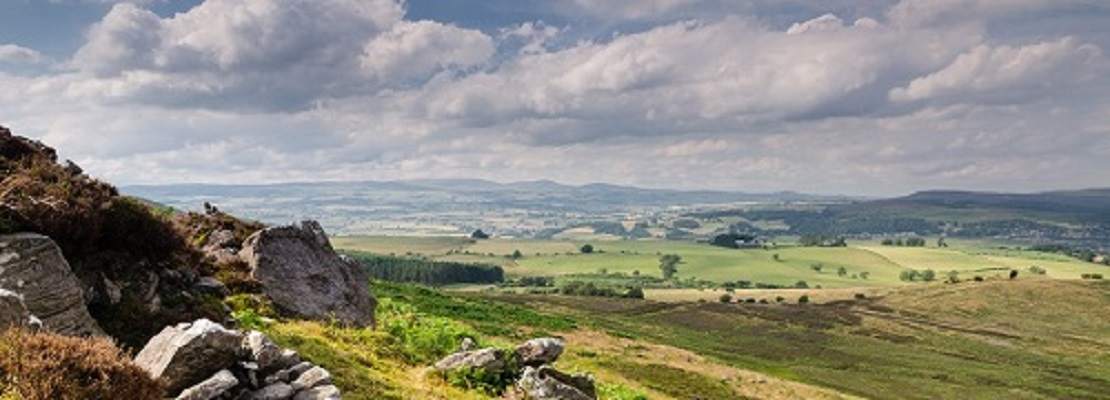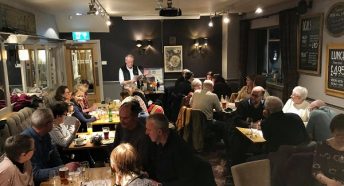CPRE Northumberland Branch History by Anne Burton
Over the past months, Anne Burton, our fund-raising lead, has been sorting a collection of papers forming an ‘archive’ of the early days of CPRE Northumberland…
…from its formation by national CPRE in the 1990s . Her patient toil has now come to fruition in a comprehensive, but flowing and very readable Branch History which has been given a place of honour in our records.
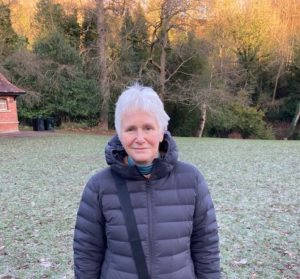
She begins by looking at some of the issues which were tackled in 1979 by the Durham and Teeside Branch, the first to form in the North-East, while national CPRE tried in vain to recruit the Northumberland and Newcastle Society as its representative north of the Tyne. Some years later, a NE Regional Committee was set up and began recruiting until it was felt that the support was strong enough to launch a Northumberland Branch, in 1994.
Case work at this time included these issues.
‘A lot of work concentrated on development plans – including commenting on the Northumberland County Structure Plan, Newcastle Unitary Development Plan, North Tyneside Development Plan and the National Park Development Plan. A campaign opposing Green Belt release at Whorlton Hall in Newcastle was successful with 4000 objections and the application rejected.
A potential wind farm at Humble Hill in Tynedale was commented on, and 10 applications for opencast considered. A large tourist development on the Border at Berwick was objected to and refused, and the issue of development of MOD works at Otterburn debated with loss of landscape amenity pitted against residents’ welcome of new jobs.’
Early campaigns sought to influence the new Local Plans being developed by the numerous District Councils throughout the area. Battles were fought over open cast mining, wind farms and the protection of Slaley Forest, while objections were lodged to many inappropriate developments, especially in the Green Belt.
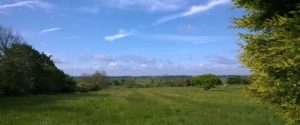
Much good work was done at that time by enthusiastic volunteers like Les Ashworth (who is still supporting our work with his invaluable advice after decades of service to CPRE). Meanwhile the Branch mounted events supported by an office on the Quayside, where Anne herself worked as a part-time Development Officer, aiding the recruitment drive.
Membership reached a peak of 360 at the millennium, though this figure has not proved to be sustainable without the support provided in those early days.
The Branch History continues with the events, issues tackled and key figures active in the work of the Branch each year up to the present day.
In 2010, for example, casework included these areas of concern.
‘The branch worked with the county council to assess how best to allow public access and enjoyment of Slaley Forest while protecting its tranquillity and beauty. Les Ashworth, the branch Treasurer, spent three days trying to locate ancient by-ways which had vanished under forest growth. CPRE were concerned about the effects of trail-bikes and off-road vehicles, but took the view that proper regulation and the designation of some low-impact routes for vehicles was better than a blanket ban which would have reduced visitor numbers and impacted on the local economy. The Branch was also busy helping local communities fight unwanted proposals for opencast mines. Early in 2010, Branch Chair, Janet Somerville, lent her support to 200 local residents in Whittonstall, pledging to support their local action group against plans which would have destroyed a beautiful and tranquil area of open countryside. The Whittonstall opencast issue was still live in 2012.
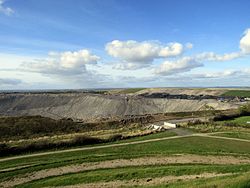
In early 2011, the Branch celebrated when the opencast application at Halton Lea Gate, near Hadrian’s Wall and the North Pennines Area of Outstanding Natural Beauty, was refused by the County Council. Les Ashworth’s case for CPRE had given weight to the concerns of local residents over the impact on tourism and tranquillity in an area still recovering from the impact of the 2001 foot and mouth outbreak.’
The years following brought new personnel, and new issues to be tackled. In 2018, we learn…
‘Annie Lloyd was appointed Branch Co-ordinator in August. CPRE campaigners in the North East were delighted when Communities Secretary, Sajid Javid, rejected the massive opencast mine at Druridge Bay. Our evidence to the public inquiry highlighted the tranquillity of this part of the Northumberland coast, and the unique heritage of the local landscape.
CPRE Northumberland helped save 14 village schools from the threat of closure under county council reorganisation plans. CPRE warned the council of the negative impact the closures would have on the sustainability, social cohesion and educational needs of many villages.
CPRE Northumberland helped to save two valued natural assets in the coastal village of Embleton. Community representatives informed branch campaigners of two planning applications – including one sited between the village and the sea, and another in-filling a field crossed by a popular public footpath.’
While the archive material Anne worked with is wide-ranging on what was tackled and achieved during those years, it is sadly lacking in photographic images to illustrate the text. Any help you could give from photographs taken at the time would be very useful to us and much appreciated.
Our thanks and admiration go to Anne for this fine piece of work.
For a full text of CPRE Northumberland Branch History, please contact annie@cpre.gmail.com
![]()
